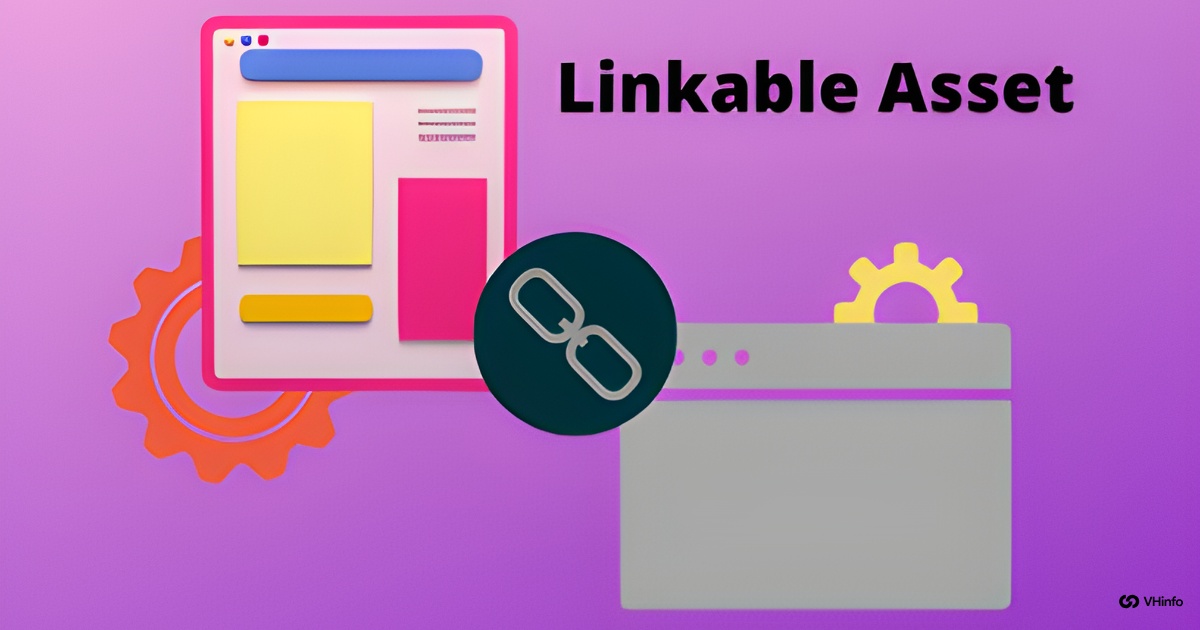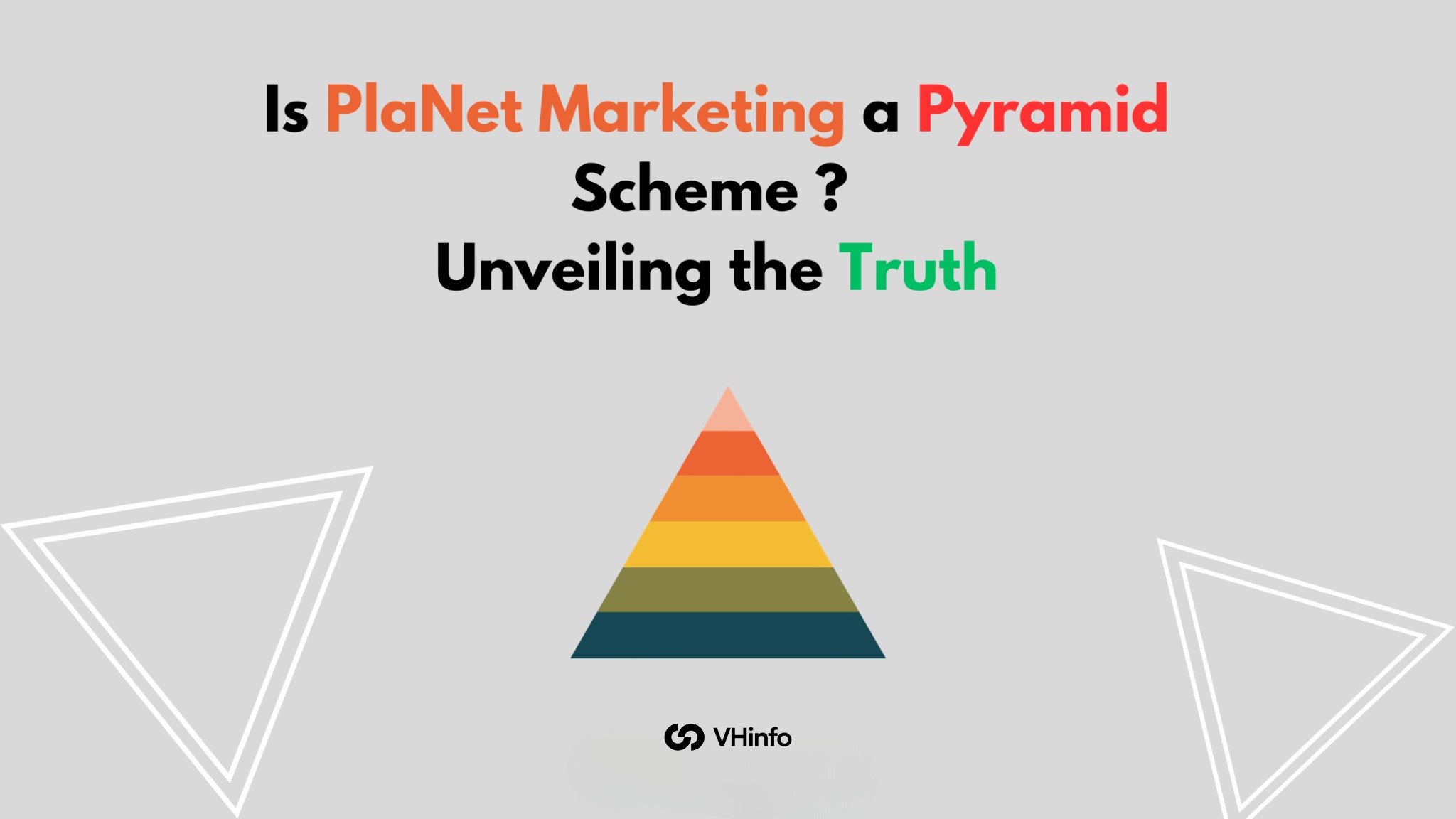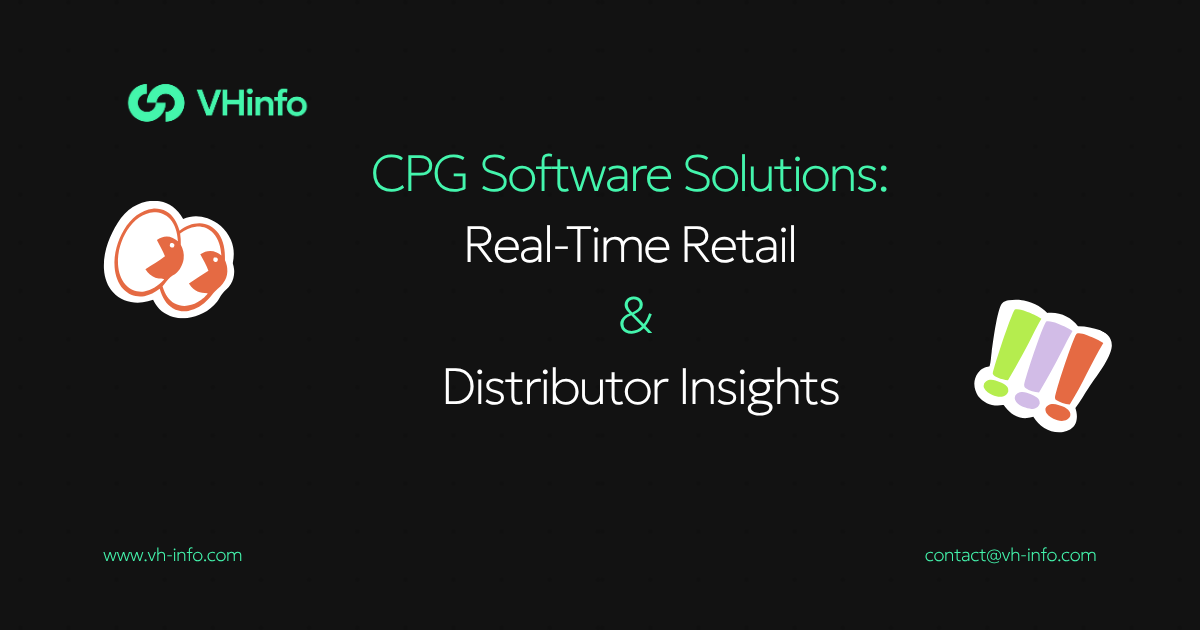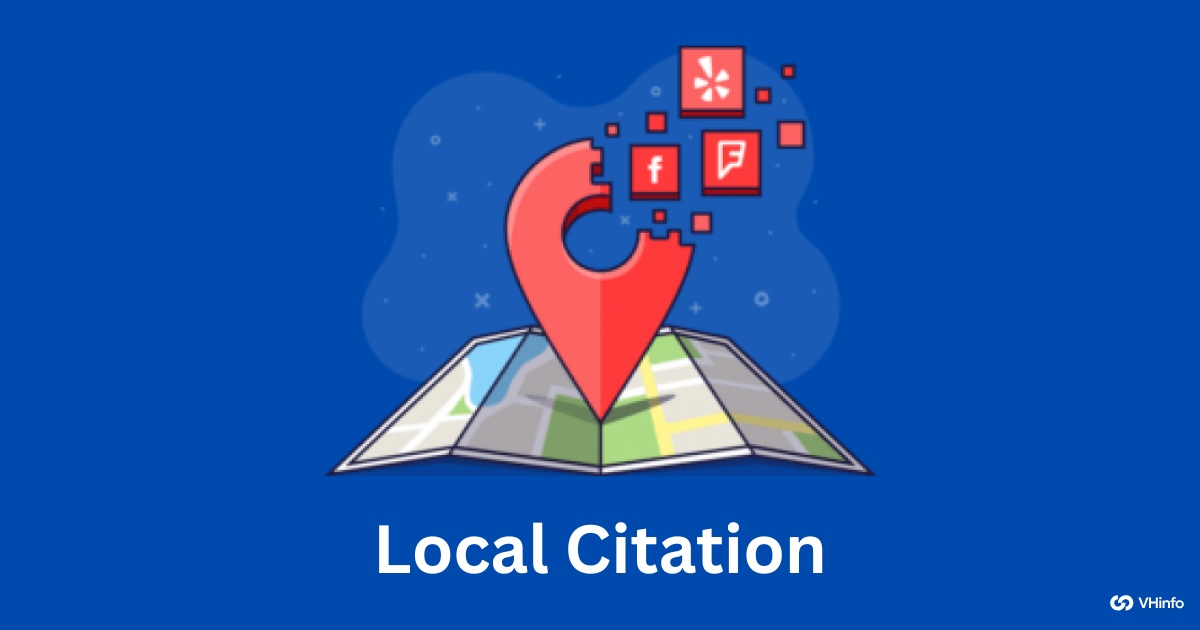Creating great content is key to growing your business online. But to really get noticed by search engines, you need a special piece of content that other websites want to link to. In the field of digital marketing, this is known as a linkable asset.
The process of getting these links, called link building, helps tell Google that your site is important and trustworthy.
At VH-info, we specialize in helping SaaS companies with this exact process.
A good content strategy that includes linkable assets can bring a lot of free organic traffic to your website. This guide will explain what a linkable asset is, show you the different types you can create, and teach you how to build one to boost your site’s success.
What Is A Linkable Asset?
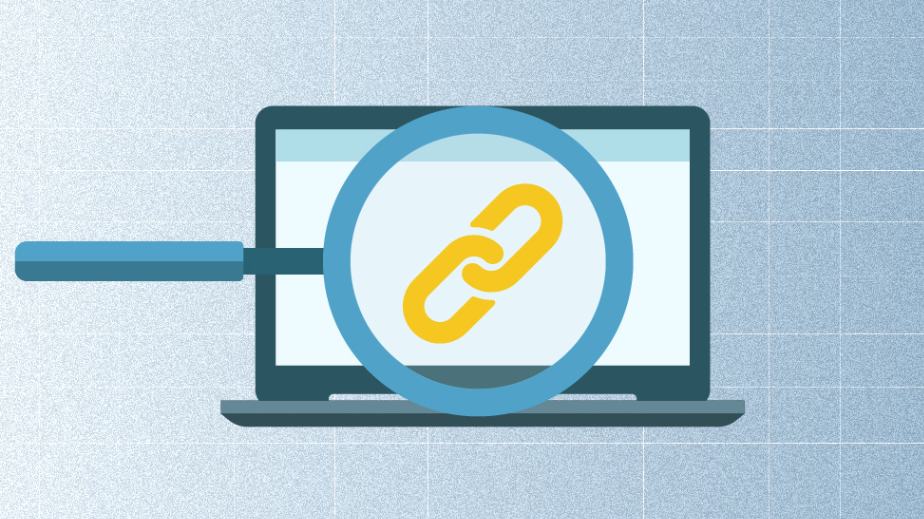
A linkable asset is more than just a standard article. It is a piece of valuable content created with the specific goal of earning links from other websites. Think of it as the star player on your website’s content team.
The Core Definition of a Linkable Asset in Digital Marketing
In digital marketing, a linkable asset is defined as any piece of content on your website that provides so much value that other content creators and website owners want to reference it by linking to it.
This type of content is usually very detailed, provides unique data, or offers a useful tool. The main purpose of this content marketing effort is link acquisition. It is a strategic way to improve your website’s authority. Creating linkable content is a foundational part of modern SEO.
Why Linkable Assets Are Important For Your SEO Strategy?
Linkable assets are vital for your SEO because they are the main driver for earning quality backlinks.
When other sites link to your own content, they are casting a vote of confidence. Search engines count these votes. The more high-quality votes you have, the higher your search engine rankings will be.
Higher rankings in Google search lead to more organic traffic, which means more potential customers visiting your site.
A strong backlink profile, built by earning links from many relevant websites, makes your entire website more powerful and helps all your pages rank better. Without building links, it’s very difficult to compete in crowded search results.
Key Characteristics of High-Value Linkable Content
Not all content is created equal. A good linkable asset has specific qualities that make it stand out.
- It provides immense value. The content must be extremely helpful, educational, or entertaining. It should solve a problem or answer a question better than anyone else.
- It contains unique information. This could be original research, a new study, or unique data from your company. If you are the only source for a piece of information, people have to link to you when they mention it.
- It is well-presented. The content should be easy to read and visually appealing. Good design can help people understand complex data and make them want to share your work.
- It is trustworthy and credible. The information must be accurate and well-researched. Citing your sources and showing your expertise on the subject matter helps build trust. This is what makes it quality content.
The Difference Between A Linkable Asset and A Standard Blog Post
A standard blog post and a linkable asset serve different purposes.
A blog post is often shorter and might cover news, an opinion, or a simple update. Its main goal might be to keep your audience engaged or to target a very specific keyword. Many businesses write a blog post weekly to keep their site fresh.
A linkable asset, on the other hand, is a much larger investment. It is a comprehensive piece of content designed to be the definitive resource on a particular topic. While a blog post might get a few social shares, a linkable asset is built to earn a large number of links over time.
It is a long-term part of your content strategy for building links and increasing your site’s domain authority.
12 Types of High-Performing Linkable Assets
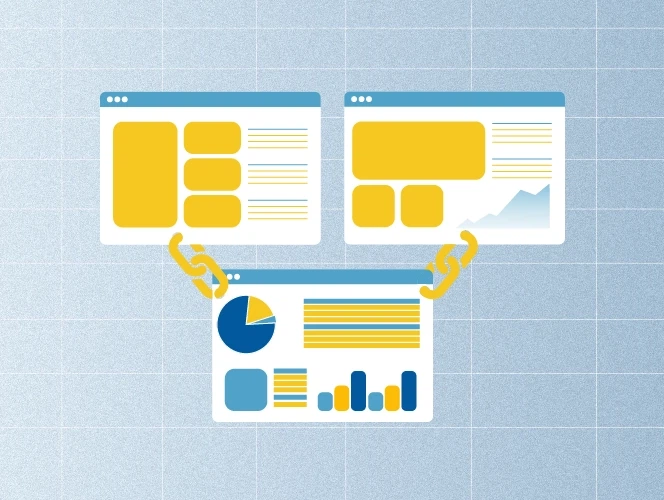
There are many different types of linkable assets you can create. Choosing the right format depends on your audience and your industry.
Here are some of the most effective types of linkable assets.
In-Depth Guides and Tutorials
These are long articles that teach readers how to do something from start to finish.
A good example would be a complete guide to using a certain software or a step-by-step tutorial for a complex process. Because these guides are so thorough, they become the go-to valuable resource for anyone looking to learn about that particular topic.
Other bloggers will link to your guide instead of trying to explain the topic themselves.
Original Research, Data, and Industry Studies
Creating new knowledge is a powerful way to get links. This involves doing your own market research, surveying people, or analyzing data to find new trends. You can then publish your findings as research reports or studies.
This unique research provides original data that no one else has. Journalists, bloggers, and other content creators will link to your study when they report on your findings. Many software companies use this tactic effectively.
Free Online Tools and Calculators
Free online tools that solve a specific problem are magnets for links. These interactive tools can be simple calculators, content generators, or checkers that provide instant value to the user.
For instance, an SEO agency might create a tool that checks a website’s loading speed. Because these tools are so useful, people will link to them repeatedly. They are a great way to create a valuable resource that people bookmark and share.
Comprehensive Resource Pages and Glossaries
A resource page gathers all the best links, tools, articles, and information about a subject matter in one place. A glossary defines all the important terms for a specific industry. These pages save people time, so they become a one-stop shop for information.
Other websites will link to your resource page as a helpful destination for their own readers.
Compelling Infographics and Data Visualizations
Infographics turn boring numbers or complex data into beautiful, easy-to-understand images.
They are highly shareable on social media platforms and are a favorite among bloggers looking for visual content. A good infographic can tell a story with data, making it a very effective type of linkable asset for earning both links and social shares.
Expert Roundup Posts and Interviews
An expert roundup involves asking a single question to many experts in your field and compiling their answers into one big post.
This type of content is valuable because it brings together wisdom from many respected voices. The experts you feature will often share the post with their audiences and link to it from their own sites, bringing you a lot of attention and quality backlinks.
Detailed Case Studies With Proven Results
Case studies are stories that show how your product or service helped a customer achieve success. They provide real-world proof of your value. For potential customers, case studies build trust and show them what’s possible.
For other websites, they serve as a good example of a strategy in action, making them a good source to link to when discussing that strategy.
Interactive Quizzes and Assessments
Quizzes are fun and engaging. People love to test their knowledge and share their results with friends on social media. A quiz can be a lighthearted personality test or a more serious assessment of professional skills.
Either way, they are a great way to create a linkable asset that gets a lot of engagement and social shares.
Video Content and Webinars
Video is a very popular type of content. You can create tutorials, interviews, or webinars that provide huge value. Videos can be embedded in other websites, and when they are, they often come with a link back to the source.
A high-quality webinar can establish you as an expert and become a valuable resource for your industry.
Downloadable Ebooks and Whitepapers
Ebooks and whitepapers are long-form content assets that cover a particular topic in great detail. They are usually offered as a free download in exchange for an email address, which is great for email marketing.
Because they are so comprehensive, other sites will link to your landing page as the place to get the definitive guide on the subject matter.
Award and “Best Of” Lists
Creating a “best of” list or an award for your industry can generate a lot of links.
For example, you could create a “Top 50 SaaS Blogs” list. The blogs and software companies that you feature will be proud of the recognition and will likely link back to your list from their websites. It is a powerful form of flattery that aids link acquisition.
Unique Image Galleries and Collections
If you have access to high-quality, unique images, you can compile them into a gallery.
This could be photos from an event, pictures of a rare product, or historical images. If your collection is the best or only one of its kind, people looking for those images will have to link to your page as the source.
A Step-by-Step Guide to Creating Your Next Linkable Asset
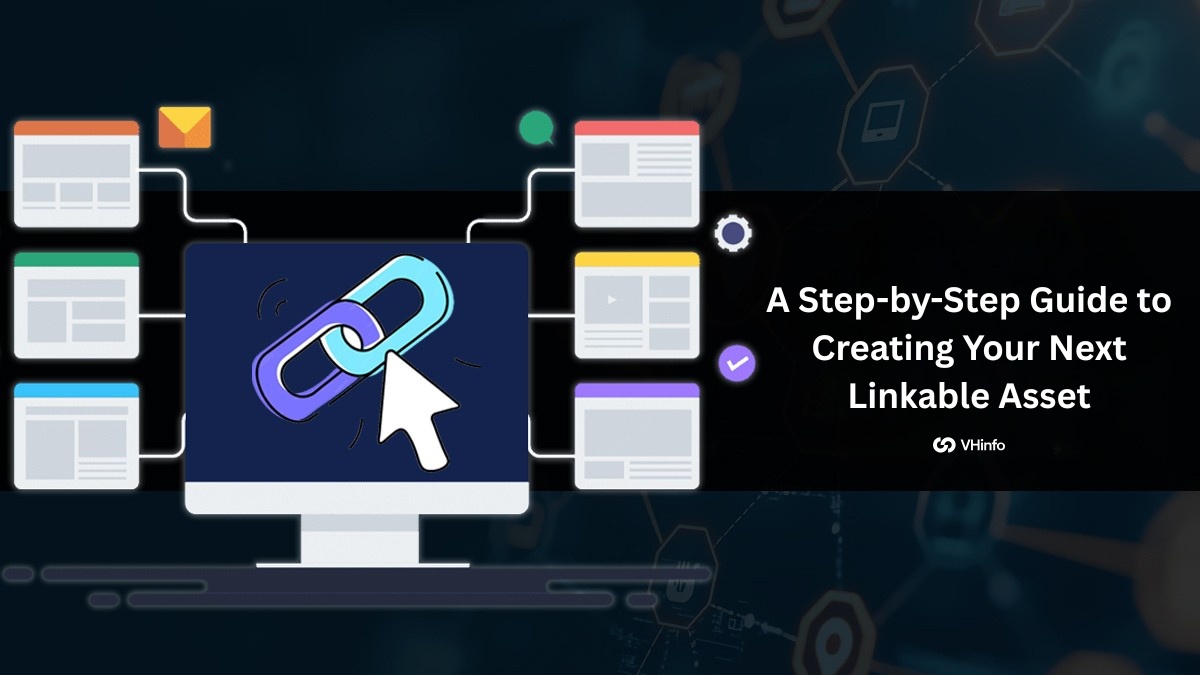
The content creation process for a linkable asset is more involved than for a simple blog post. It requires careful planning and execution.
- Step 1: Brainstorm Topics With High Link Potential: Start by thinking about what your audience is interested in. What problems do they have? What questions do they ask? Use keyword research tools to find topics that people are searching for on Google search. Look for subjects where you can provide a truly definitive answer or a valuable resource.
- Step 2: Conduct Competitor Analysis to Find Content Gaps: Once you have a topic, search for it online. Look at the top-ranking pages in the search results. What do they do well? What are they missing? Your goal is to create something ten times better than what already exists. At VH-info, our SaaS link-building service can help with this. We analyze competitors’ content assets and their backlink profiles to find these content gaps, giving you ideas on how to create something superior.
- Step 3: Select the Optimal Format For Your Asset: Based on your topic and competitor analysis, choose the best type of linkable asset to create. Is the topic best explained in a long guide, a video, or an interactive tool? Choosing the right format from the many types of content is key to making your asset a success.
- Step 4: Gather Unique Data and Expert Insights: To make your piece of content truly special, you need information that can’t be found elsewhere. This might mean conducting your own survey to gather original data, interviewing experts for their opinions, or digging into your company’s own information for unique research. This is what makes your content a good linkable asset.
- Step 5: Design and Develop Your Content For Maximum Impact: How your content looks is almost as important as what it says. Invest in good design to make your linkable asset easy to read and visually appealing. Use charts, images, and graphics to break up text and explain complex data. If you are building a tool, make sure it is easy to use.
- Step 6: Implement On-Page SEO Best Practices: Finally, optimize your page for search engines. Use your main keyword in the title, URL, and headings. Write a compelling meta description. Add internal links to other relevant pages on your site. This helps Google understand what your page is about and improves its chances of achieving high search engine rankings.
How to Effectively Promote Your Linkable Asset?

Creating a linkable asset is only half the battle. You also need to promote it to get it in front of the right people.
- Creating A Personalized Email Outreach Campaign: Email outreach is a core part of link building. Make a list of relevant websites, bloggers, and journalists who have written about your topic or linked to similar content. Send them a personalized email, introduce your new valuable resource, and explain why their audience would find it helpful. This is more effective than simple guest posting.
- Sharing Your Content on Social Media and in Online Communities: Share your linkable asset on all your social media platforms. Create custom images and videos to promote it. Also, share it in relevant online communities like Reddit, Facebook groups, or industry forums where your potential customers hang out. A great piece of linkable content can get a lot of social shares.
- Using Digital PR For Media Mentions: Digital PR is about getting your content featured in online publications. If your asset contains original research or unique data, you can write a press release and send it to journalists. Getting a mention in a major publication can result in a powerful backlink and a huge amount of traffic. This is a key part of modern link acquisition.
- Using Broken Link Building Tactics: This strategy was made popular by SEO expert Brian Dean. It involves finding a broken link on a website that points to a resource that no longer exists. You then email the site owner, let them know about the broken link, and suggest they replace it with a link to your own content on the same topic. This is a very effective and helpful way of building links.
Measuring the Success of Your Linkable Asset
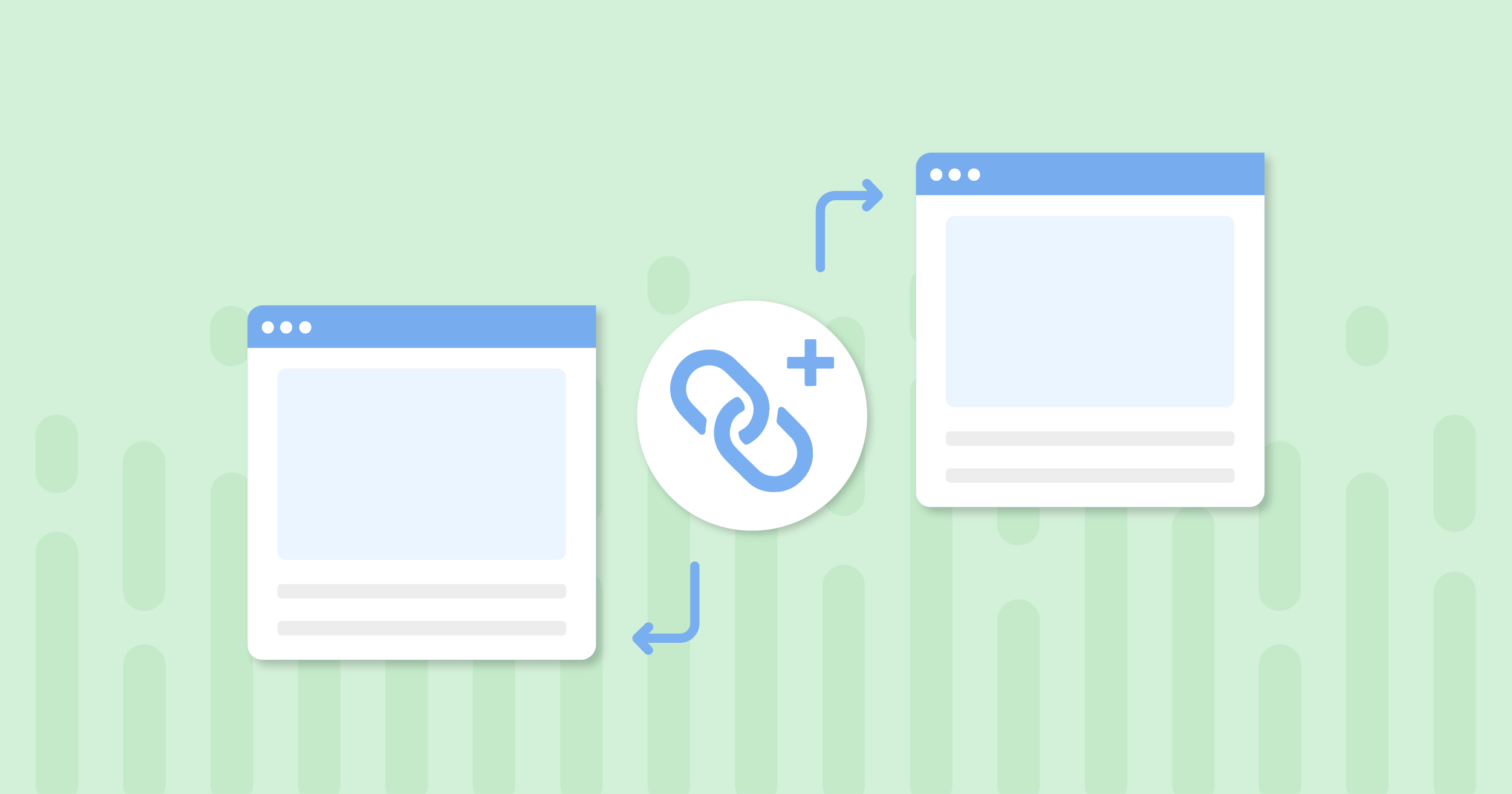
After you’ve created and promoted your asset, you need to track its performance.
- Tracking Inbound Links and Referring Domains: The primary goal of a linkable asset is to earn links. As part of our link-building services, VH-info can monitor your backlink profile to track your progress. It’s important to track the total number of links and the number of unique websites (referring domains) that link to you. We pay close attention to the quality of these links because a link from a high domain authority site is much more valuable.
- Monitoring Organic Traffic Growth and Keyword Rankings: A successful linkable asset should lead to an increase in organic traffic. Use Google Analytics to see how many visitors the page is getting from organic search. Also, use an SEO tool to track your search engine rankings for your target keywords. Over time, you should see both metrics improve.
- Analyzing Social Shares and Engagement Metrics: Look at how often your content is being shared on social media. A high number of social shares on platforms like Twitter, Facebook, and LinkedIn indicates that your content is resonating with people. Also, check metrics like time on page and bounce rate to see if people are actually reading and engaging with your content.
- Assessing the Overall Impact on Business Goals: Ultimately, your content marketing efforts should help your business grow. Try to connect your linkable asset to business goals. Did it generate new leads? Did it attract potential customers who later made a purchase? A great content strategy aligns content performance with business outcomes.
FAQ’s:
What Makes Content “Link-Worthy”?
Content becomes “link-worthy” when it is the best resource available on a subject matter.
This means it is either the most comprehensive, has the most unique data, is the most entertaining, or is the most useful. Valuable content that provides a solution or fresh insight that other content creators want to cite for their own audiences is what earns links.
How Long Does It Take For A Linkable Asset to Start Earning Backlinks?
Earning quality backlinks is not an overnight process. It can take several weeks or even months for a linkable asset to gain traction. The speed depends on how well you promote it and the quality of the asset itself. Be patient and consistent with your outreach efforts.
Link building is a long-term strategy.
Can I Update an Old Piece of Content to Turn It Into A Linkable Asset?
Absolutely. This is a very smart strategy. Look through your old content for a blog post that has some potential but is outdated or not detailed enough. You can expand it, add original research or new data, improve the design, and turn it into a brand-new, comprehensive linkable asset.
This is a great way to get more value from your existing content assets.
Should I Invest In Paid Promotion For My Linkable Asset?
Paid promotion can be a good idea, especially when the asset is new.
Using paid ads on social media platforms or Google search can help get your content in front of a larger audience quickly. This initial push can help it get noticed by the right people, who may then decide to link to it organically.
Conclusion
Creating a linkable asset requires more effort than writing a standard blog post.
It is a significant investment in your content strategy, but the rewards are well worth it. A single good linkable asset can earn valuable backlinks for years, continuously improving your domain authority and driving organic traffic to your website.
At VH-info, we specialize in creating these robust link acquisition systems for our SaaS clients.
By concentrating on producing genuinely valuable content and promoting it effectively, you can fortify your website’s SEO base, enhance your search engine rankings, and draw in more potential customers. For any business, especially software companies, making linkable assets a core part of your digital marketing plan is key to long-term success. Let VH-info be your trusted guide in that process.
